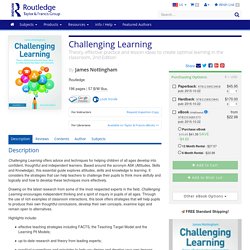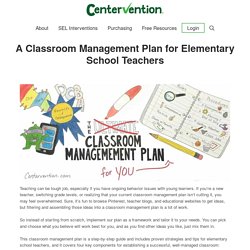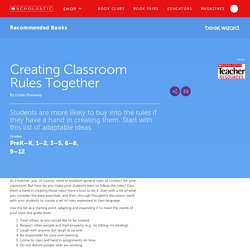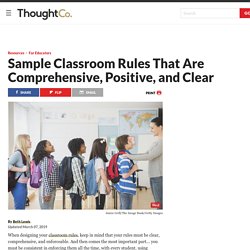

Challenging Learning: Theory, effective practice and lesson ideas to create optimal learning in the classroom, 2nd Edition. Description Challenging Learning offers advice and techniques for helping children of all ages develop into confident, thoughtful and independent learners.

Based around the acronym ASK (Attitudes, Skills and Knowledge), this essential guide explores attitudes, skills and knowledge to learning. It considers the strategies that can help teachers to challenge their pupils to think more skilfully and logically and how to develop these techniques more effectively. Drawing on the latest research from some of the most respected experts in the field, Challenging Learning encourages independent thinking and a spirit of inquiry in pupils of all ages.
Through the use of rich examples of classroom interactions, this book offers strategies that will help pupils to produce their own thoughtful conclusions, develop their own concepts, examine logic and remain open to alternatives. Highlights include: Reviews Table of Contents 1. About the Author Author Subject Categories BISAC Subject Codes/Headings:
This ‘Kindness Curriculum’ Is Free And Should Be Used In Every Classroom. Imagine living in a world that valued kindness enough to teach it along with academics. Educators would teach kids to manage their emotions in addition to standard curriculum such as math and science. Sounds pretty amazing, doesn’t it? Well, the Center for Healthy Minds at the University of Wisconsin-Madison has created a free “kindness curriculum” for kids, designed to do just that. It’s a mindfulness-based curriculum for preschoolers that will bring kindness into the classroom. “Faced with mental and physical health challenges at a global scale, we conduct rigorous scientific research to bring new insights and tools aimed at improving the wellbeing of people of all backgrounds and ages,” states the Center’s mission statement.
So how exactly does that work? Using “Peace Wands” The children in this program use peace wands to help with conflict resolution. The child with the heart wand describes what they’re feeling “in their heart.” Creating ‘Kindness Gardens’ “Belly Buddies” “Mind Jar” The Art of Control. Executive function — our ability to remember and use what we know, defeat our unproductive impulses, and switch gears and adjust to new demands — is increasingly understood as a key element not just of learning but of lifelong success. Researchers at the Center on the Developing Child at Harvard University describe executive function as an air traffic control system for the mind — helping us manage streams of information, revise plans, stay organized, filter out distractions, cope with stress, and make healthy decisions.
Children learn these skills first from their parents, through reliable routines, meaningful and responsive interactions, and play that focuses attention and stirs the beginnings of self-control. But when home is not stable, or in situations of neglect or abuse, executive function skills may be impaired, or may not develop at all, limiting a child’s success in elementary school and later life.
Imaginary Play Support it by: Storytelling “Children love to tell stories. A Classroom Management Plan for You. Classroom Management Plan Rules Imagine a basketball game in which none of the players know the rules.

The referees would blow the whistle constantly, admonishing players for breaking rules they didn’t know existed. How frustrating would this game be for both the players and the refs, and for the fans in the bleachers? It would be chaos. In your classroom, you are the referee, your students are the players, and the fans are parents and guardians. Less is More Create a few straightforward yet inclusive rules for your classroom.
We just gave you a lot of rules for writing classroom rules! “Something I do in my classroom that works great is to write the rules with my students,” explains Katy Jaeger, a first-grade teacher in Colorado. Communicate with Parents Discuss the classroom rules with parents at open house, and send them home on the first day of school. Be Consistent Reinforce classroom rules consistently with all students, even in seemingly minor infractions. Procedures I do: We do: Attend. The Critical Role of Classroom Management. Classroom Rules for Teachers. Rules are an important aspect of every classroom, especially when you're working with high school students.
Creating Classroom Rules Together. As a teacher, you, of course, need to establish general rules of conduct for your classroom.

But how do you make your students want to follow the rules? Give them a hand in creating those rules! Here's how to do it. Sample Classroom Rules for Teachers. When designing your classroom rules, keep in mind that your rules must be clear, comprehensive, and enforceable.

And then comes the most important part... you must be consistent in enforcing them all the time, with every student, using predictable and delineated consequences. Some teachers suggest writing the class rules with your students, using their input to create "buy-in" and cooperation. Consider the benefits of strong, teacher-determined rules that are not viewed as negotiable by the people who must follow them. Weigh the pros and cons before deciding which method to employ.